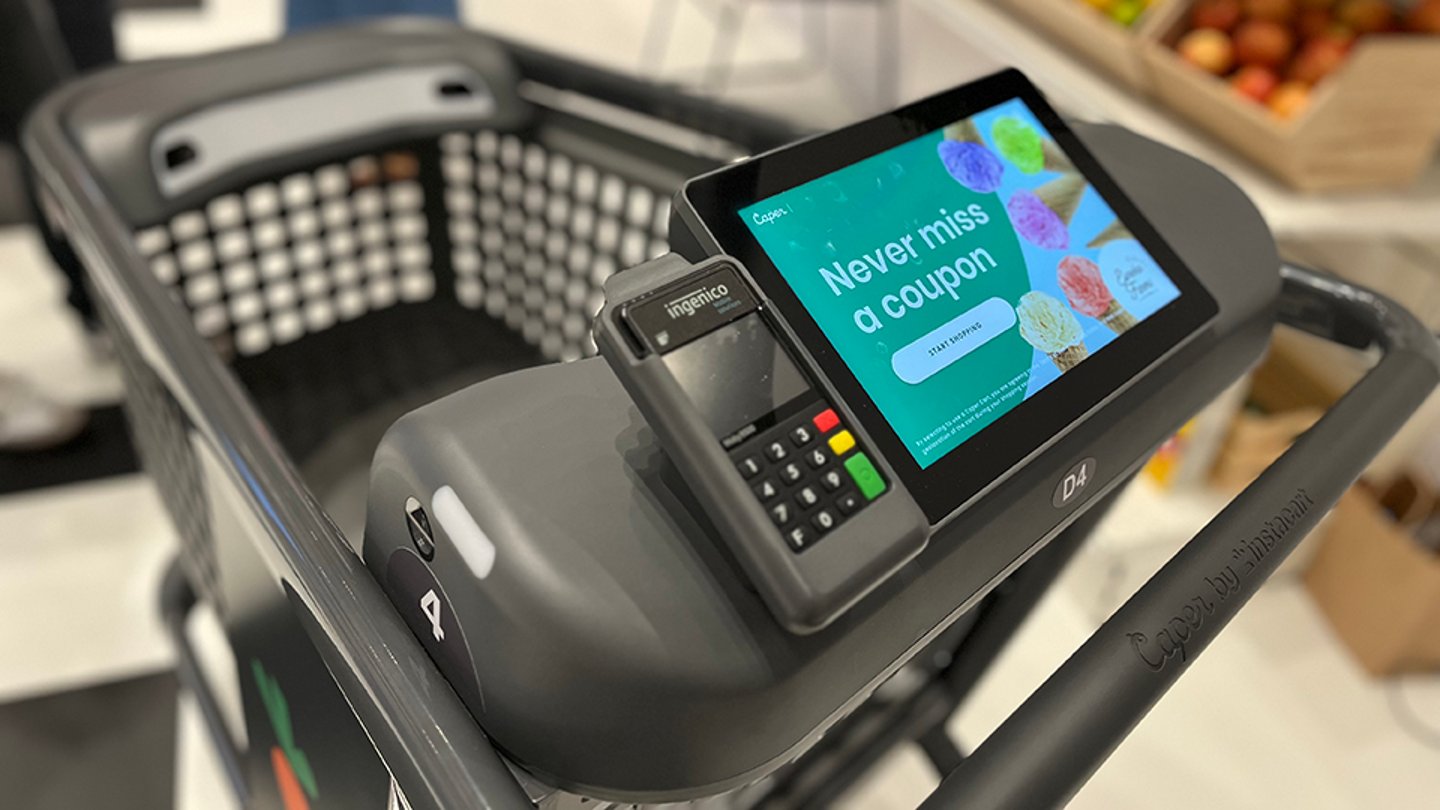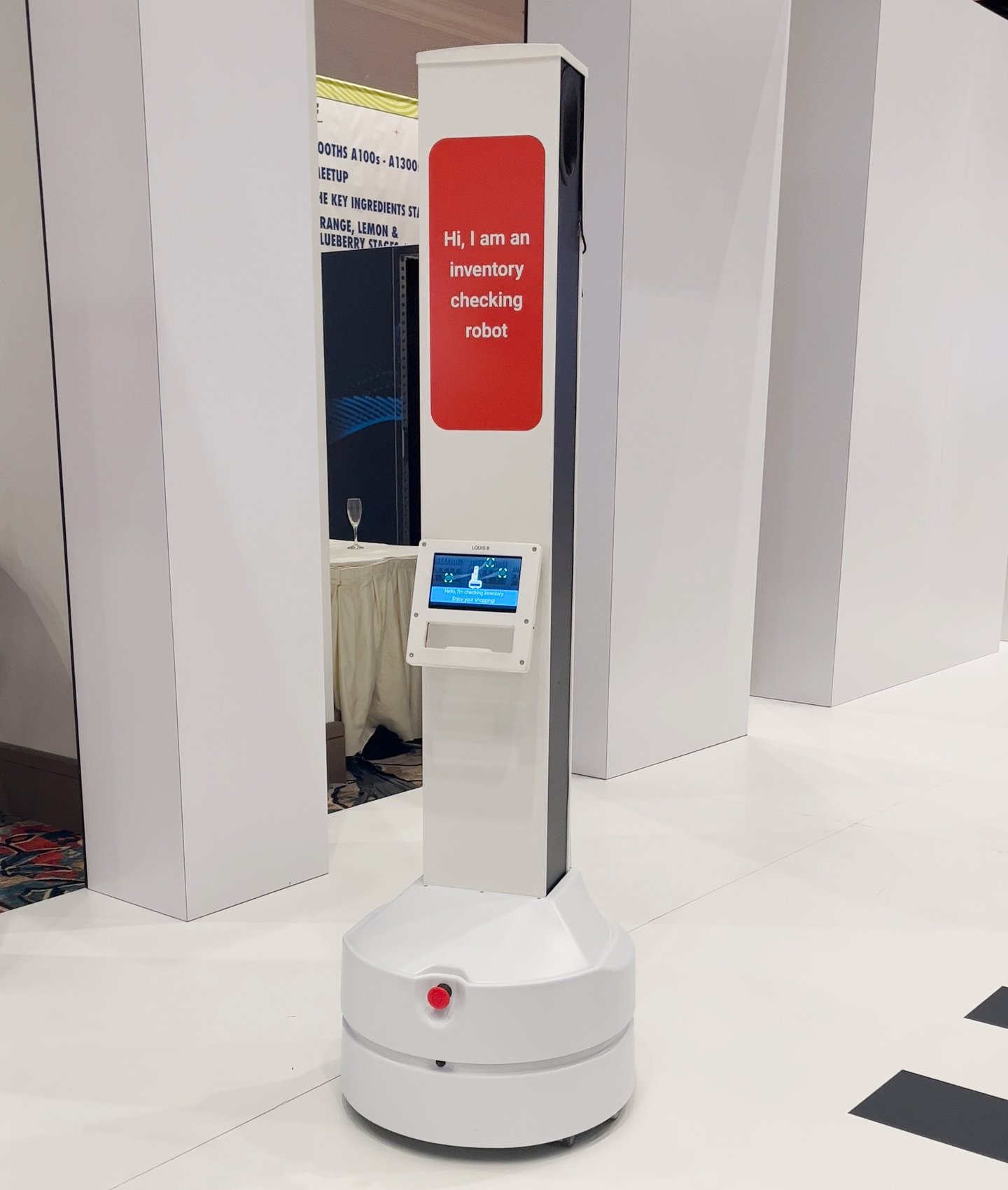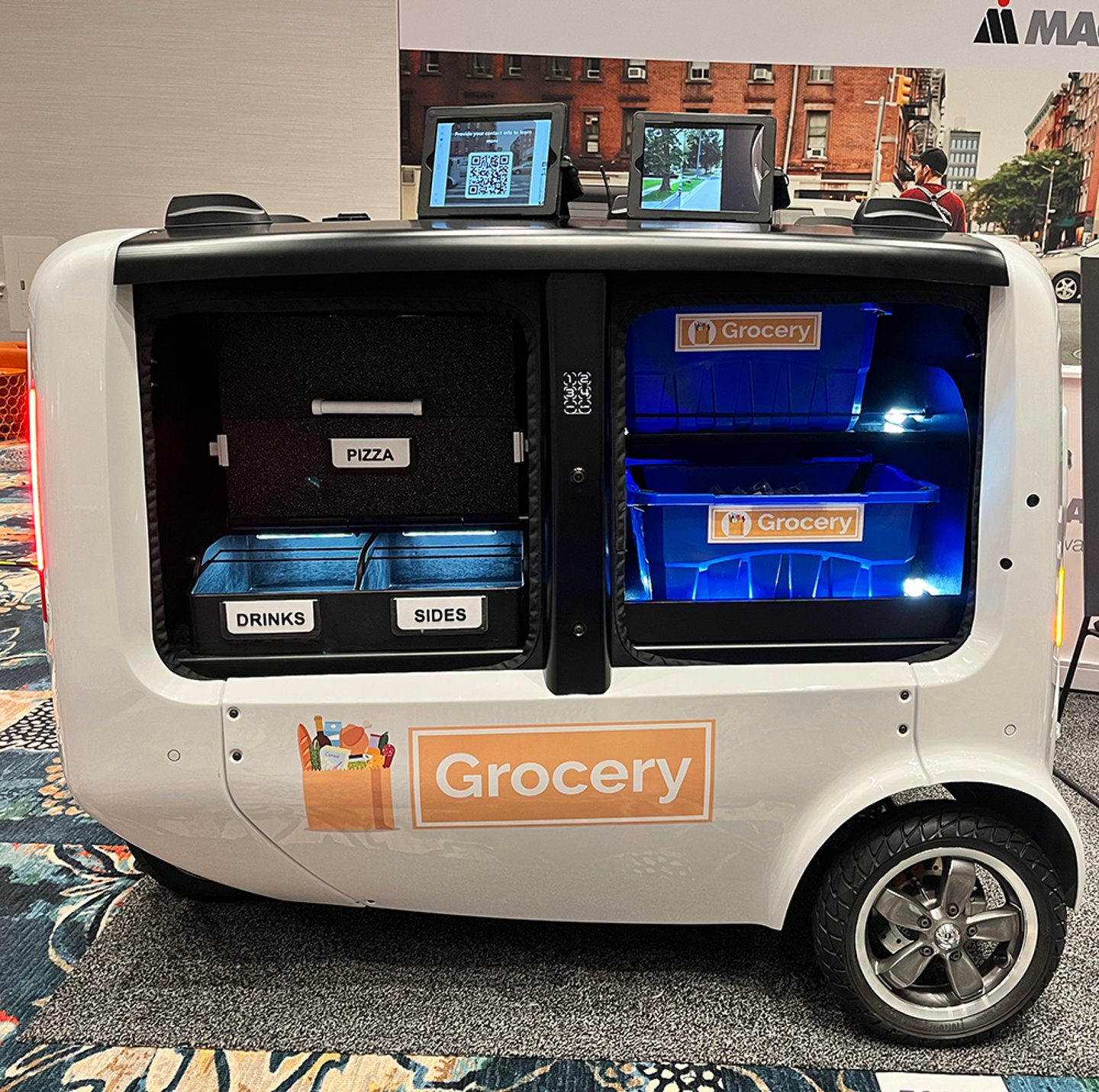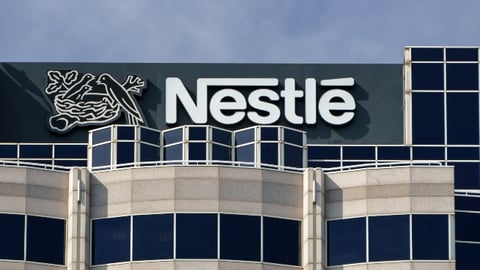What’s Next in CPG and Retail: Experts Weigh In at Groceryshop 2024
It’s a safe bet that cross-functional collaboration will never not be in high demand.
While at Groceryshop in Las Vegas last week, CGT spoke with a number of industry experts to get a deeper understanding of some of today’s most important trends within consumer goods and retail, and busting down those pesky silos pretty quickly rose to the top.
Retail media was unsurprisingly the most commonly discussed theme during the event; in keeping with this, we dug in a little to learn how it might impact other functions within a consumer goods organization (the importance of which was highlighted by Nitin Murali, Gallo VP of supply chain excellence).
Below is a snapshot of trends that, along with retail media, today’s CPG execs might want to keep on their radars.
The next investment frontier
Retailers and manufacturers are looking to move from de-risking their operations to demonstrating meaningful growth.
“So many investments over the last 10 to 20 years in the CPG and retail landscape have been focused on [building] and shoring up the foundation, making sure that they're mitigating risk more broadly, and that they have solutions that can take them into the next phase — the next decade or two decades — of growth,” says Amanda Mosseri Oren, VP of industry strategy, grocery at RELEX.
“But those systems really don't have a lot of ROI in them, and so there's been a lot of investment that hasn't paid back [because] it’s very hard to prove. There's a lot of appetite right now to think about ROI. And that's the next frontier for all these companies. Everyone's trying to grab a piece of that mindshare right now.”
Advancing supply chain collaboration by changing mindsets
There’s a need for supply chain professionals to think beyond improving forecasting accuracy and more about growing categories and/or reducing waste, notes Jorge Risquez, co-founder and CEO of Bops. “How do we teach supply chain professionals from the CPG standpoint to think more like commercial leaders?”
Success requires not only opening the gateways of communication between retailers, suppliers, and tech providers, but also implementing change management techniques to learn how they can support the negotiation and collaborations occurring from a commercial standpoint, Risquez stresses.
Reconciling internal data strategies with external partners and pressures
The retail and consumer goods industry has never lacked data, but the amount has increased exponentially, prompting manufacturers to take harder looks at the ROI, says Dirk Herdes, GM and SVP of sales at Crisp.
“For brands, it's unique because they have to wrestle with both a massive amount of internal data but also a significant amount of external data.It puts them in a position of [determining] how to build technology and data strategies internally, and then think about that external role that retailers and partners play. … You're seeing a lot more questions about what is the ROI of this information as opposed to in the past, ‘Well, I have it. I just need it. It's what I have to use.’
“You're seeing more of a theme right now in the centralization of [collecting] data. You have big initiatives, enterprise data platforms, new data lake houses, all working with the big tech companies. They're moving all this data around, they're bringing it all in, and now it's, ‘How do I actually activate it?’ I think you're seeing a little bit of a shift in the talent profile to do that as well.”
More automation in promotion planning in 2025
Expect to see more automation in planning systems to provide more visibility into operations and customer behavior, says Cohen Roberts, director of collaboration at DemandTec by Acoustic.
Nostalgia as an opportunity
Some brands that deeply understand their target markets are finding success in building merchandising teams dedicated to developing logo-blazoned goods — uncovering an incremental opportunity that taps into a new demographic.
“All of a sudden, you're going to get free marketing, and people are actually going to pay to market for you,” says Doug Adams, general manager of business applications at Microsoft.
“If you really understand your consumers, you're going to be able to create a whole new market for yourself. It’s a fun side gig. It's incremental. It's not a huge uplift in revenue. You’re not going to go from $1 billion to $7 billion by selling T-shirts, but you are going to get more mind share, especially with social.”
Supply chain's role in retail media conversations
The growth of retail media means consumer goods supply chain teams should be in the room when decisions are being made so that it becomes more of a collaborative relationship. "They have to get together and talk more frequently and really align on what that story is going to be,” notes Tony Ward, partner, EY.
“Retail media has been talked about for years as being a great opportunity and an untapped marketplace, and you see a lot of retailers and CPG companies hiring a lot of people that really understand the media space. But you can talk all you want — you have to be able to deliver upon that.
"That's where you need supply chain [teams] to really not only be able to step in those conversations but also have that visibility — to really make confident statements that we can deliver [and] we have made the right predictive decisions in order to make sure we're going to be able to fulfill. ... in the retail media space, it only takes a couple of failures before the confidence can fail.”
In-store retail media's impact on demand planning
While in-store media is driving sales lifts, brands must be especially mindful of the impact that potential out-of-stocks can have on consumer experiences, particularly on adjacent categories, says George Forge, SVP of client technology and product development at Quad. Properly anticipating challenges requires a holistic view of category performance.
“It goes back to if you're going to be running these promotions, how do you use data to proactively plan for that increased demand? How do we make sure that that's all connected? … We’re seeing that if we're doing promotions in the salty snack aisle or in the beer aisle, it’s having an impact on other SKUs that are not specifically promoted. So it also needs to go beyond just the SKU level and have some attribution into the category level as well.”
Looking to stay connected to the consumer goods industry? Sign up for a new kind of insider access with CGT's texting community. Share your opinion, and send your questions right to Lisa Johnston for 1:1 conversations. Texts arrive twice a week. Learn more or sign up below.







